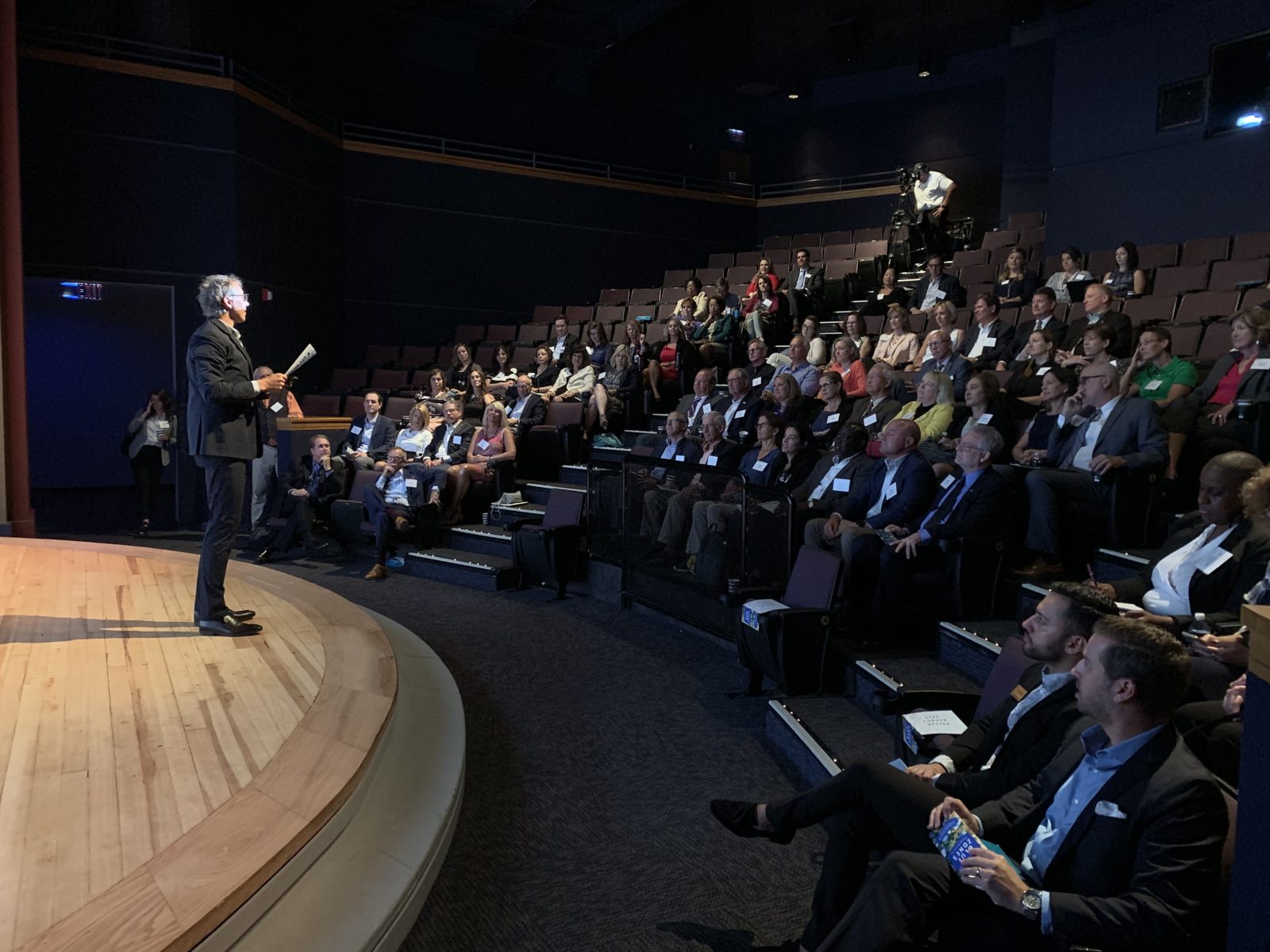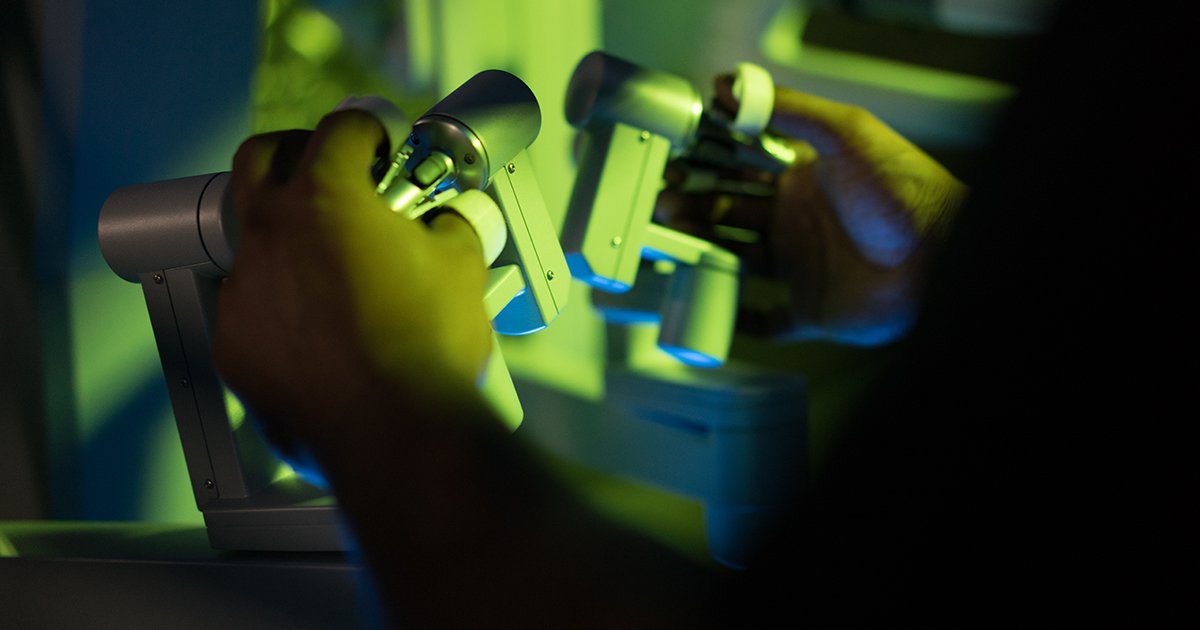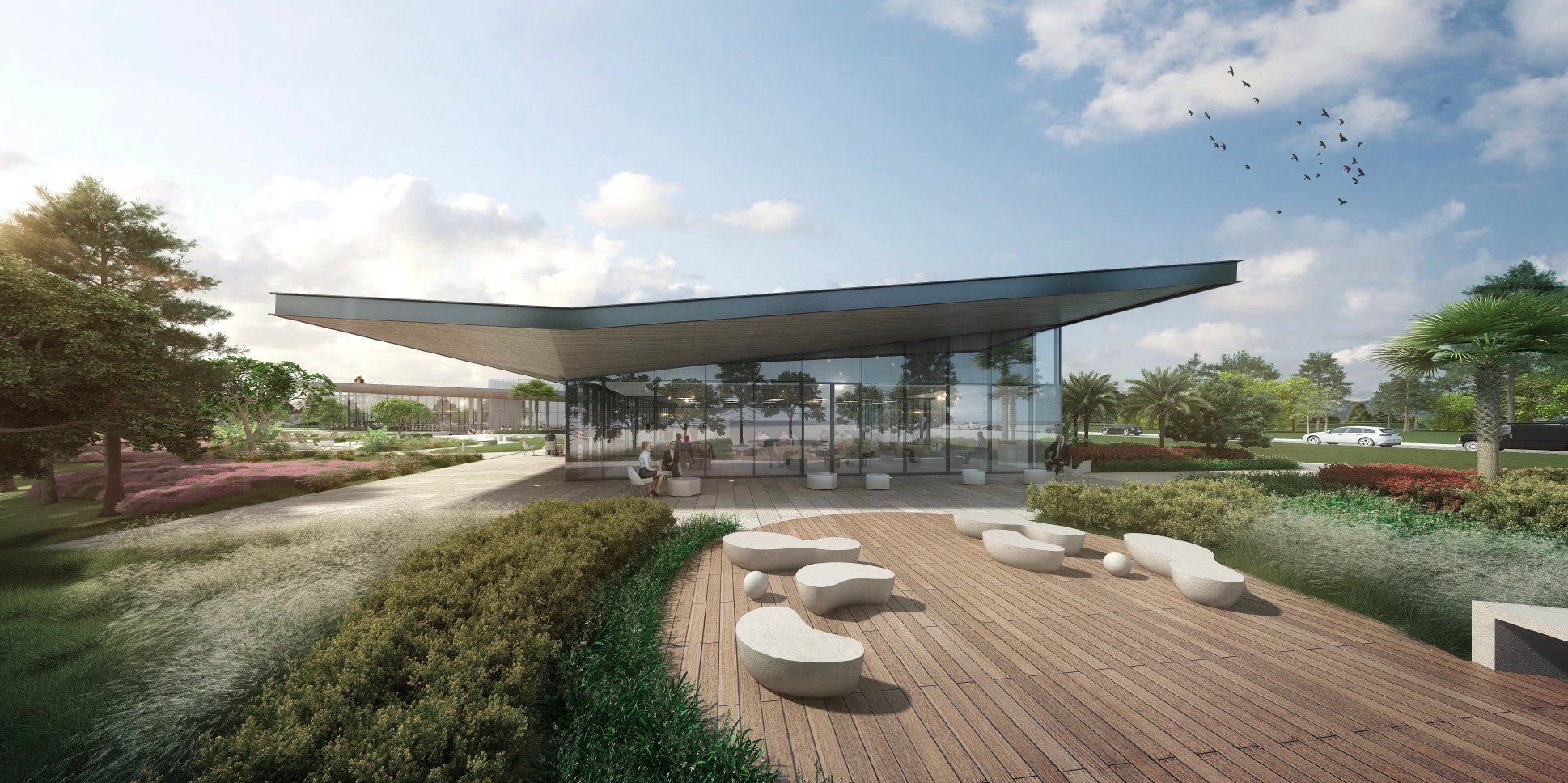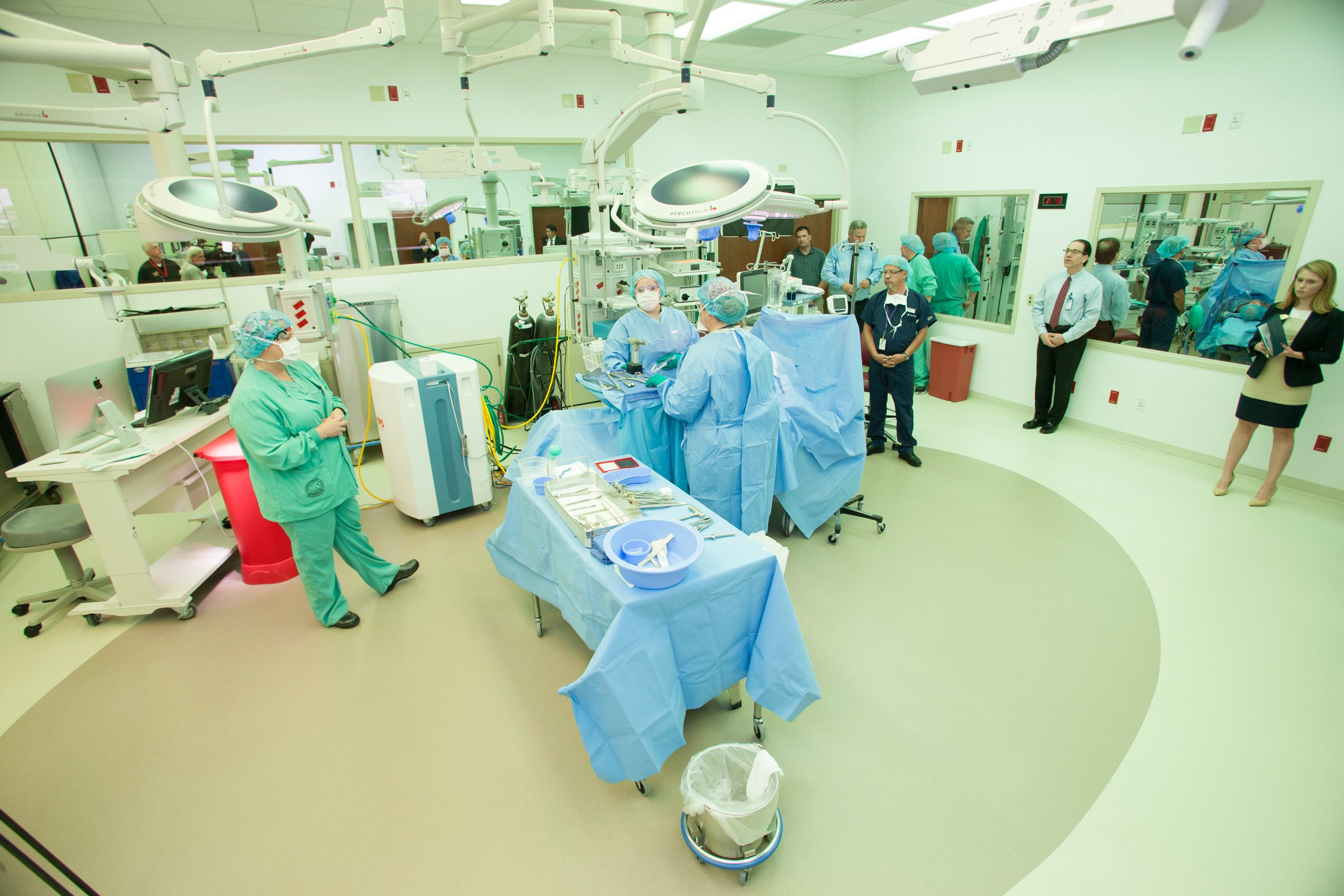Blue Zones is a global movement that has improved health and well-being for entire communities and cities. This new way of thinking and working will enhance the places we live, work, learn, and play.
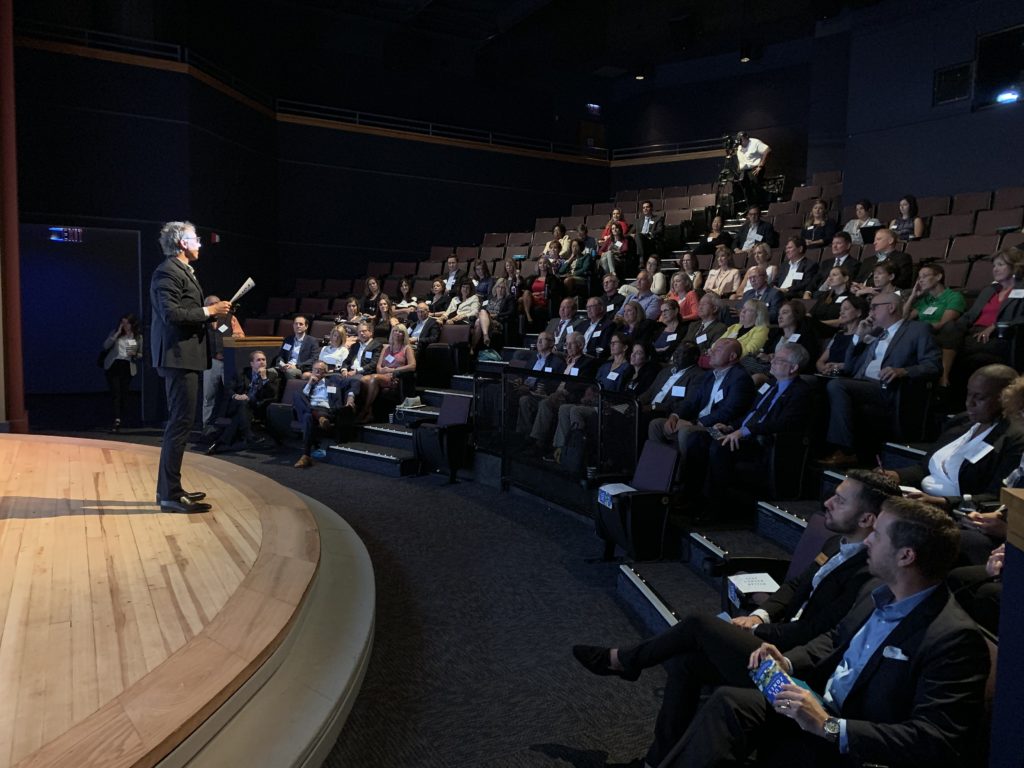
The Orlando Economic Partnership’s Foundation for Orlando’s Future, along with local business leaders, is working with Blue Zones to begin a community assessment in Orange County that would determine how to make it a healthier place to live, work, grow up and grow old. The Partnership sat down with Blue Zones CEO and Founder Dan Buettner to discuss the movement, its impact on other places and the plans for the Orlando community.

What is Blue Zones?
Blue Zones began as a National Geographic project to find the world’s statistically longest living places and then reverse engineer their secrets. Only about 15 percent of how long you live is your genes, the other 85 percent is lifestyle and environment. We found the formula for longevity and now we apply it to cities.
What have you learned about Orange County?
What strikes me about this place is that the private sector and the public sector work very well together. That is the key indicator whether or not a Blue Zone Project could work in this community. You see that there is this enormous civic push that got the stadium built, that got the medical school in place, that got the art center in place and now they’re turning their attention to making Orlando a healthier place where people thrive, and you can see these two forces come together in a big way.
Walk me through the process for Blue Zones in our community. What does it look like?
Blue Zones doesn’t think we are going to get a million people from Orange County to magically change their diet and exercise patterns. Instead we set up the environment, so the healthy choice is the easy choice. People mindlessly move more, they eat less, they socialize more, they know their purpose and they live their purpose. My team is here now, 16 people, and we are systematically going through the community. The policies, restaurants, grocery stores, workplaces, schools, faith-based organizations to see all of the opportunities we have to tweak polices and tweak environments, so it makes it easier for people to make the healthy choice.
How has a community like Fort Worth, Texas evolved through Blue Zones?
Five years ago, Fort Worth, Texas took a big Blue Zones pledge, their mayor Betsy Price and Texas Health Resources, the big hospital system and the Chamber of Commerce all came together and said, “we want this city to get healthier.” They brought us in and over the course of five years we managed to get hundreds of restaurants and grocery stores Blue Zones certified so that community is a little healthier. Hundreds of schools are Blue Zone certified so kids have a healthier day. They changed their policy, the big one is to prohibit smoking in bars and restaurants, even outside, and so smoking rates went down. They changed their food policy so that fruits and vegetables were cheaper and more accessible than eating beef burgers, so the obesity rate went down. Over that five-year period, we are now to a point to where we are saving that city about a quarter of a billion dollars a year in projected healthcare costs and other economic ramifications.
What do you hope to learn about Orange County?
My Blue Zones team is here right now to understand if there is really an appetite to change the environment. Most cities don’t have the organizational pluck and, I would say, civic will to take on something as big and bold as actually reshaping your community to favor health and wellbeing. My team is here seeing if that is indeed the case. Initial indications is that it is a yes, but we have from now until November to find out for sure because we do not want to waste your money if you are not ready. But, if you are ready, we are ready to give several dozen times return on the money you spend in greater health, well-being and economic returns on a healthier place.
What is the process after the initial assessment?
Once we determine that Orange County is ready, then we have three teams we will be hiring, full-time, about 40 people. One team works with basically city council and we bring in menus, policy menus, of best practices to favor fruits and vegetables over junk food, to favor the pedestrian over the motorist, to favor the non-smoker over the smoker, to get alcohol policy so alcohol is not as abused, and then some financial bonus policies. We have no agenda except we want to see this community get healthier. We bring in these evidence-based polices, we get consensus around feasibility and effectiveness here. Once city leaders decide what is right for them, we bring in the technicalities and the timeline management to make sure these policies are passed and implemented. Number two, we have a Blue Zones certification program for schools, restaurants, grocery stores, workplaces and churches to make those places healthier. We will methodically, over five years, try to get 30 percent of those places certified. And then we have a Blue Zones ambassador program, which is free to any individual that wants to set up their own immediate environment so they can get healthier too.
How do you convince someone that this can work?
First of all, I meticulously spent 15 years finding populations that are mindlessly living longer. These are other human beings with an average set of genes, so we know it works in the original Blue Zones. Now we have been to 50 American cities and almost every city we’re invited in that are ready, we see the obesity rate drop, the smoking rate drop, the amount of physical activity and fruit and vegetable consumption rate go up and in every city, according to Gallup, people report higher life satisfaction. We have just done it so many times that we know if we work the plan, we have a five to ten year time horizon, and we have committed partners in the community that you will see a healthier, longer lived Orange County in the foreseeable future.
How do you measure results?
We are big believers that if you can’t measure it, you can’t manage it. We don’t measure ourselves. Gallup comes in and takes 80 different measurements on health and well-being in this community. That is our base line report card. Every year we are checking that report card to make sure that we are indeed improving the health and well-being. Every city we have worked in so far, we have seen those improvements happen. The idea is that we are not relying on a silver bullet to fix this community. We have what we call silver buck shot. Our team will unleash 70 to 80 small interventions all of which are designed to move Orange County, Orlando a fraction of a percent, but when you get 70 or 80 of them working simultaneously the impact is huge.
